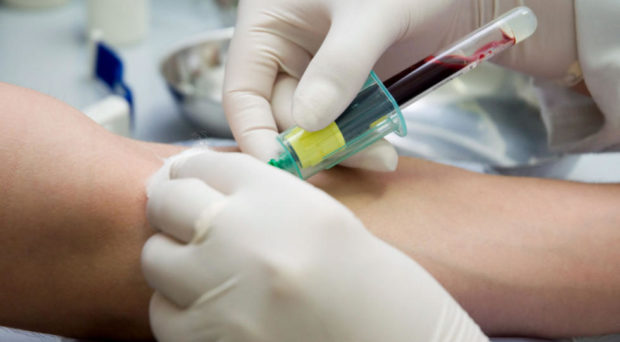
Up to 50% of intensive care unit stays are complicated by acute kidney injury (AKI). This is associated with increased length of stay within the hospital, higher in-hospital death, higher healthcare cost, and risk for development of chronic kidney disease (CKD) and/or CKD progression.
Biomarkers have recently become of interest for the potential role in AKI prevention in high-risk patients, early diagnosis of AKI, identification of different renal diseases, and progression of AKI and underlying kidney disease. Biomarkers are various substances that can be found in the blood or urine which might suggest some injury or disease, and in our context kidney injury. There is a hope these biomarkers will offer a noninvasive, reliable means of testing and guiding AKI management.
In a study published in BMC Nephrology this week, Tao et al. studied the potential of a few biomarkers independently and in combination as predictors of sepsis-induced AKI progression. The group studied the product of urinary tissue inhibitor of metalloproteinases-2 (TIMP2) and insulin-like growth factor binding protein 7 (IGFBP7) (u[TIMP-2]*[IGFBP7]), urinary kidney injury molecular-1 (uKIM-1), and urinary interleukin-18 (uIL-18).
TIMP-2 and IGFBP7 are released in the urine as a response to renal epithelial cell stress and are mediators of cell cycle arrest in tubular epithelial cells. Each of these markers has been demonstrated to predict cardiac surgery-associated AKI, but the product of these urine biomarker levels has shown to be more informative (see Table). KIM-1 and IL-18 suggest renal tubular damage and inflammation related to AKI. These biomarkers were shown in other studies to reflect the prediction of the progression of AKI.
| Cummings et al. | u[TIMP-2]*[IGFBP7] was able to predict moderate to severe AKI postoperatively |
| Maizel et al. | u[TIMP-2]*[IGFBP7] at the early phase of septic shock was an independent risk factor to identify the population at high risk of progression from mild and moderate to severe AKI over the next 24 hours |
Current research suggests that the value may not be with a single marker but in the combinations of these markers.
In this study, Tao et al. demonstrated that all of these markers independently predicted progression of sepsis-induced AKI, but u[TIMP-2]*[IGFBP7] showed the best prediction. They did note that a combination of u[TIMP2]*[IGFBP7] with uKIM-1 improved the performance of predicting sepsis-induced AKI progression.
There are hundreds of other biomarkers being explored for high-risk, early detection, and progression of AKI. Current research suggests that the value may not be with a single marker but in the combinations of these markers. Introducing markers as clinical tools may have several benefits, such as:
- Early identification of patients at high risk of AKI;
- Early implementation of renal protective measures such as KDIGO bundles (i.e. AKI care bundles) and nephrotoxin avoidance;
- Avoiding complications related to AKI and the need for kidney replacement therapy
As of right now, biomarkers are costly, not readily available, and some are too specific or too sensitive. Could using a biomarker be helpful or lead to more unnecessary testing and treatment that leads to more healthcare costs? More research needs to be done before these markers can be used in clinical settings as potential tools for determining prognosis and guiding the clinical management of patients with acute kidney injury.
If these biomarkers were made available to you as a clinical tool, will you be using them?
Comments